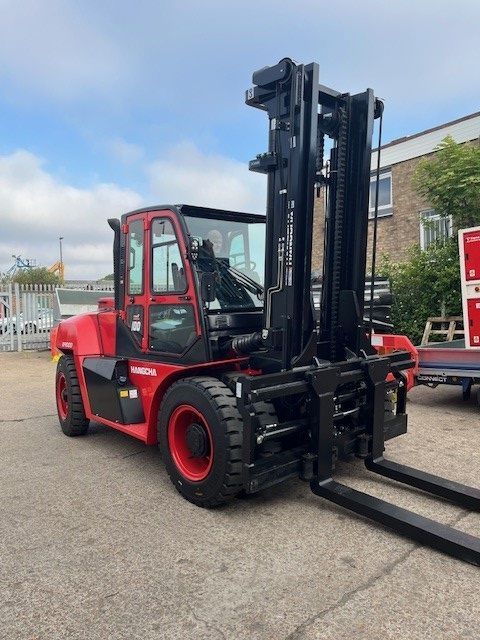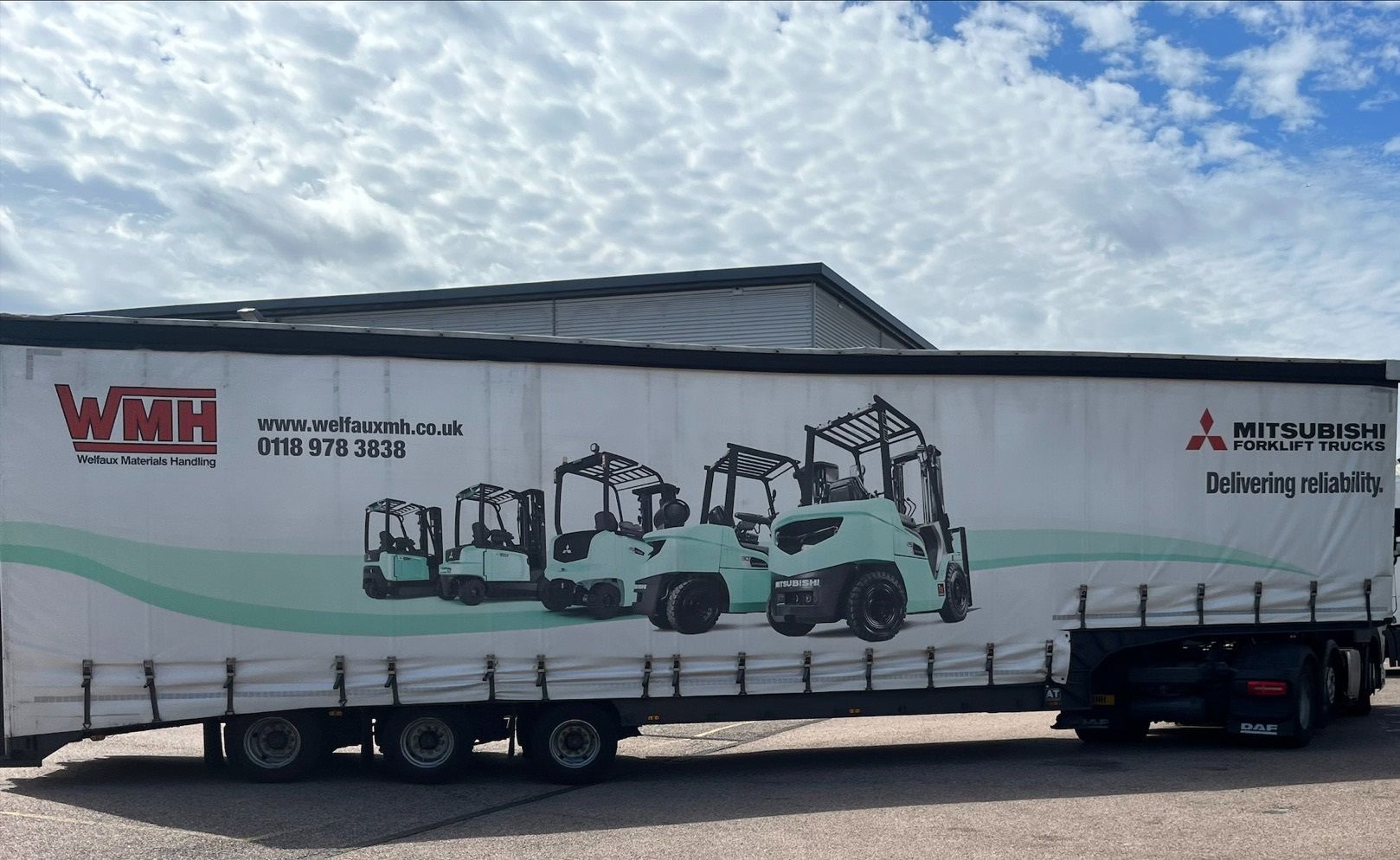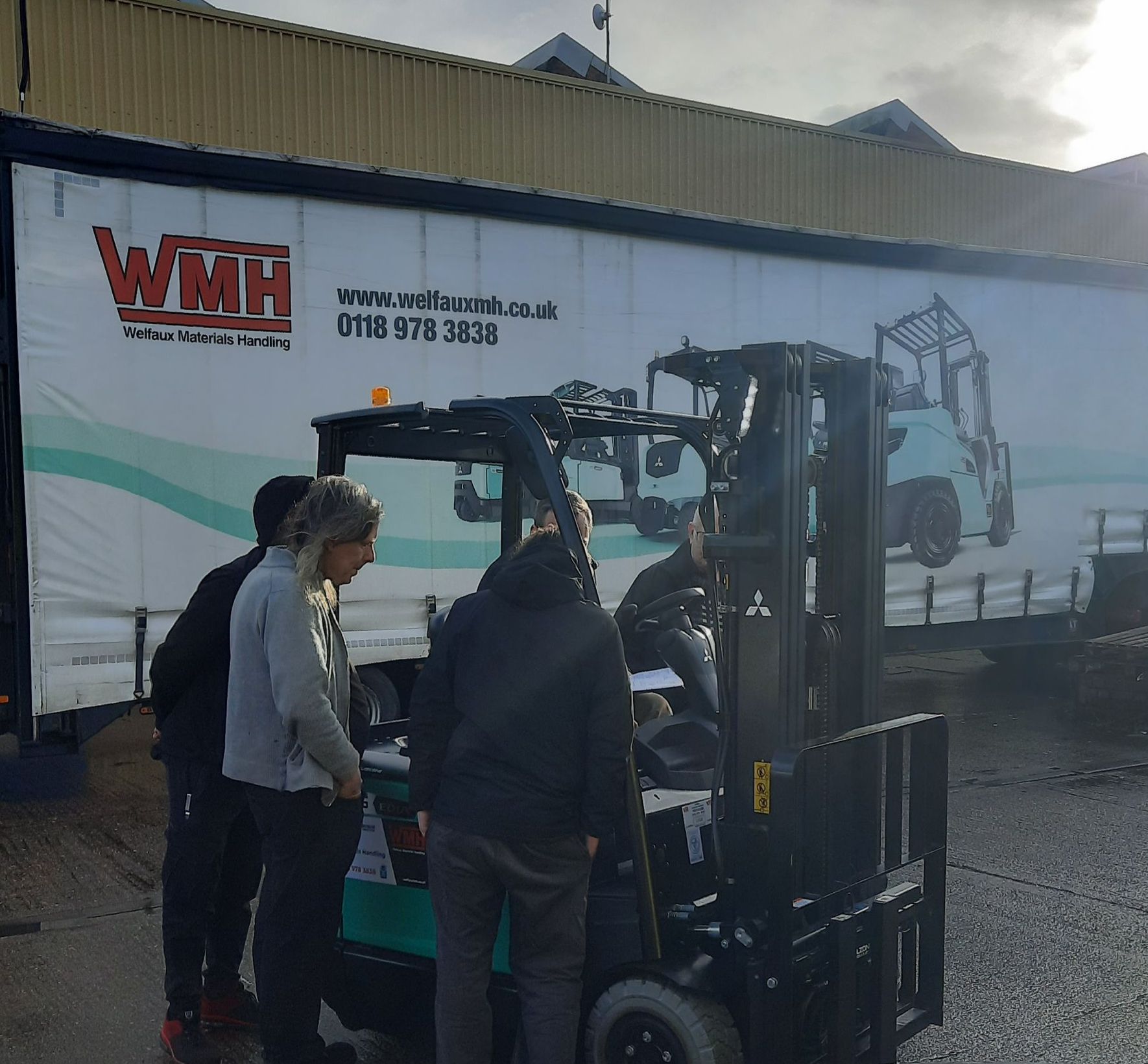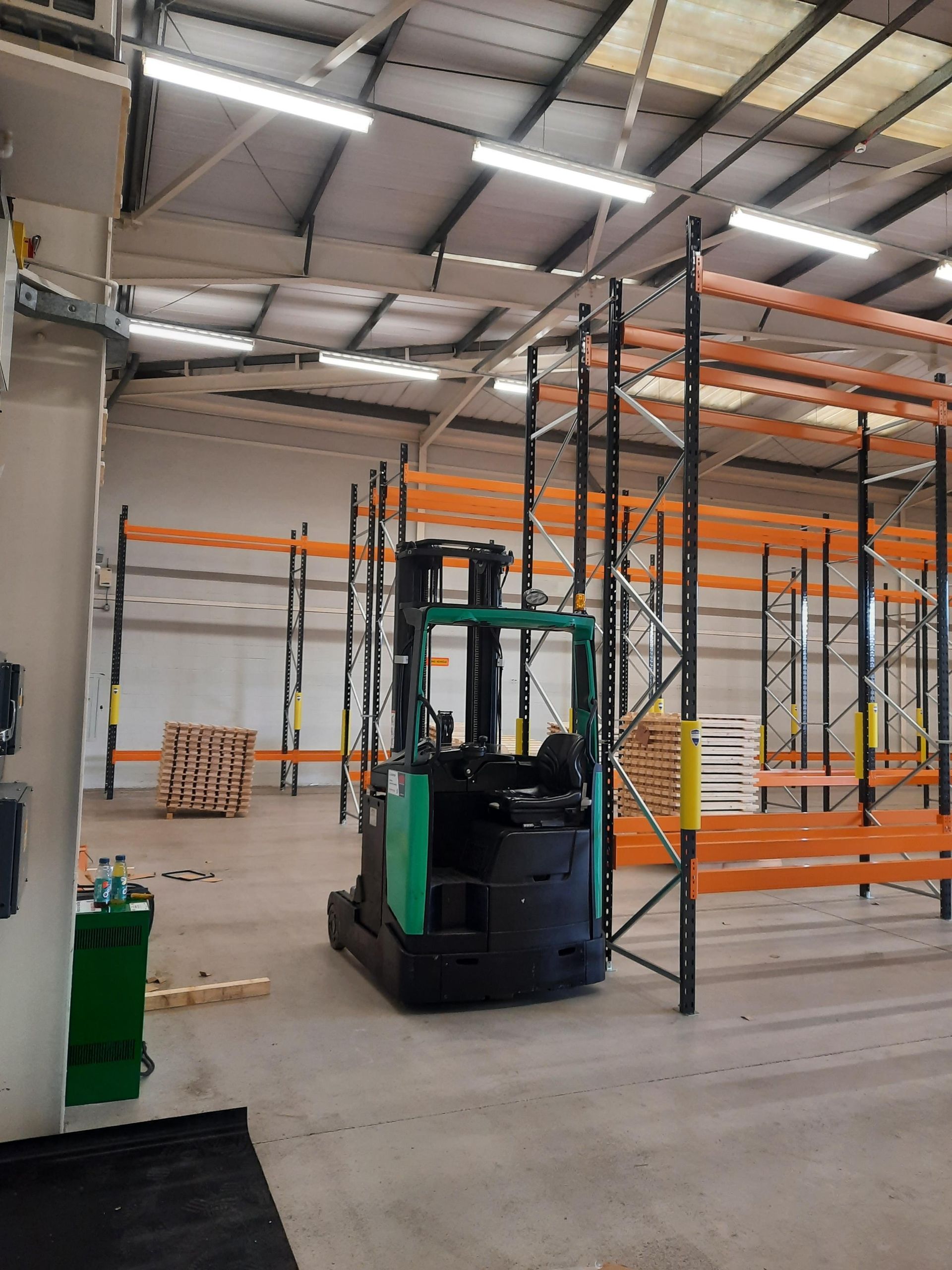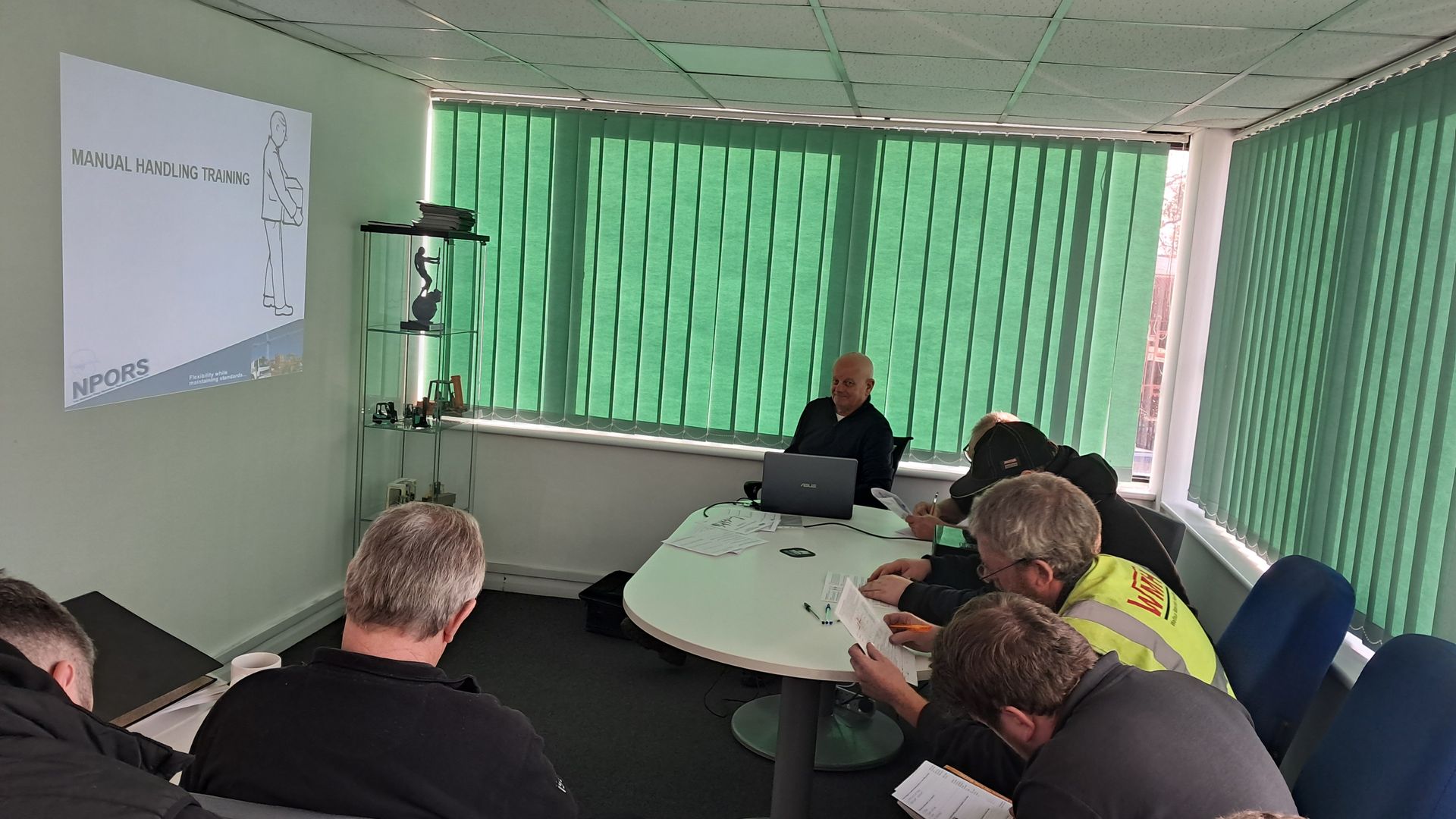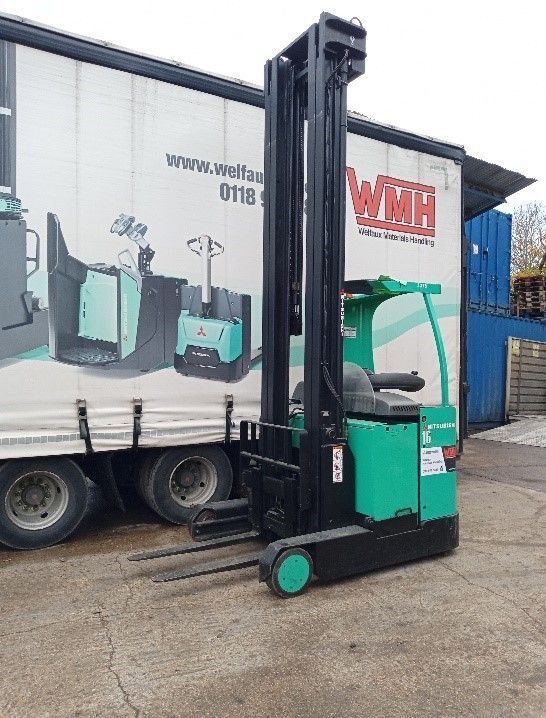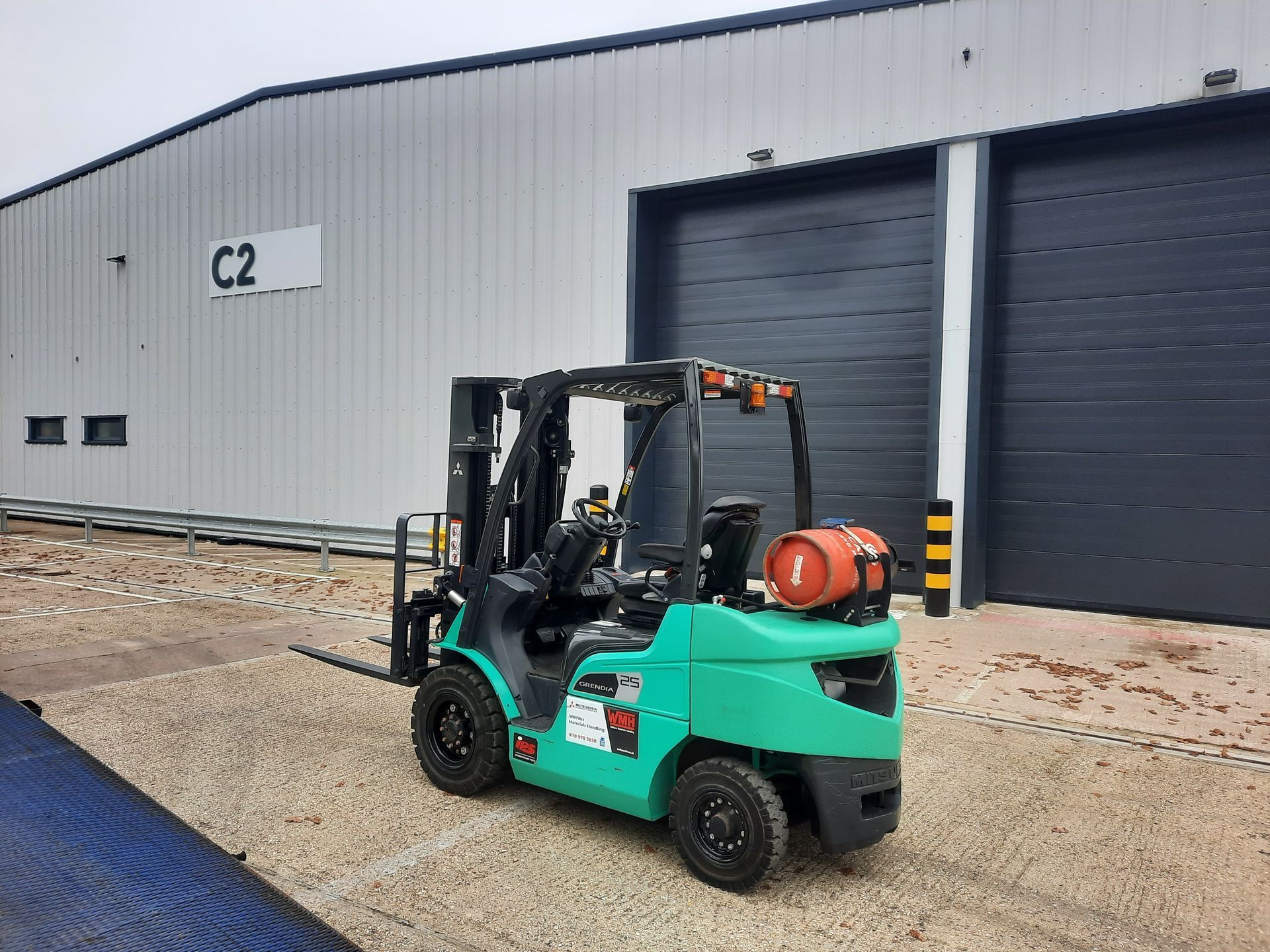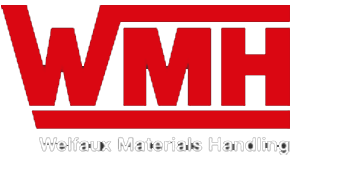Battle of the Forklifts: Counterbalance Forklifts Vs Reach Trucks
In today’s market, there are many different forklifts available, each with its own unique features, loads, and specifications. Counterbalance and reach forklifts are two of the most commonly used trucks throughout a variety of industries.
In this month’s Welfaux MH blog, we cover what each of these trucks is and investigate the difference between them, so you can make an informed decision about which is the most suitable truck for you.
Counterbalance Forklift
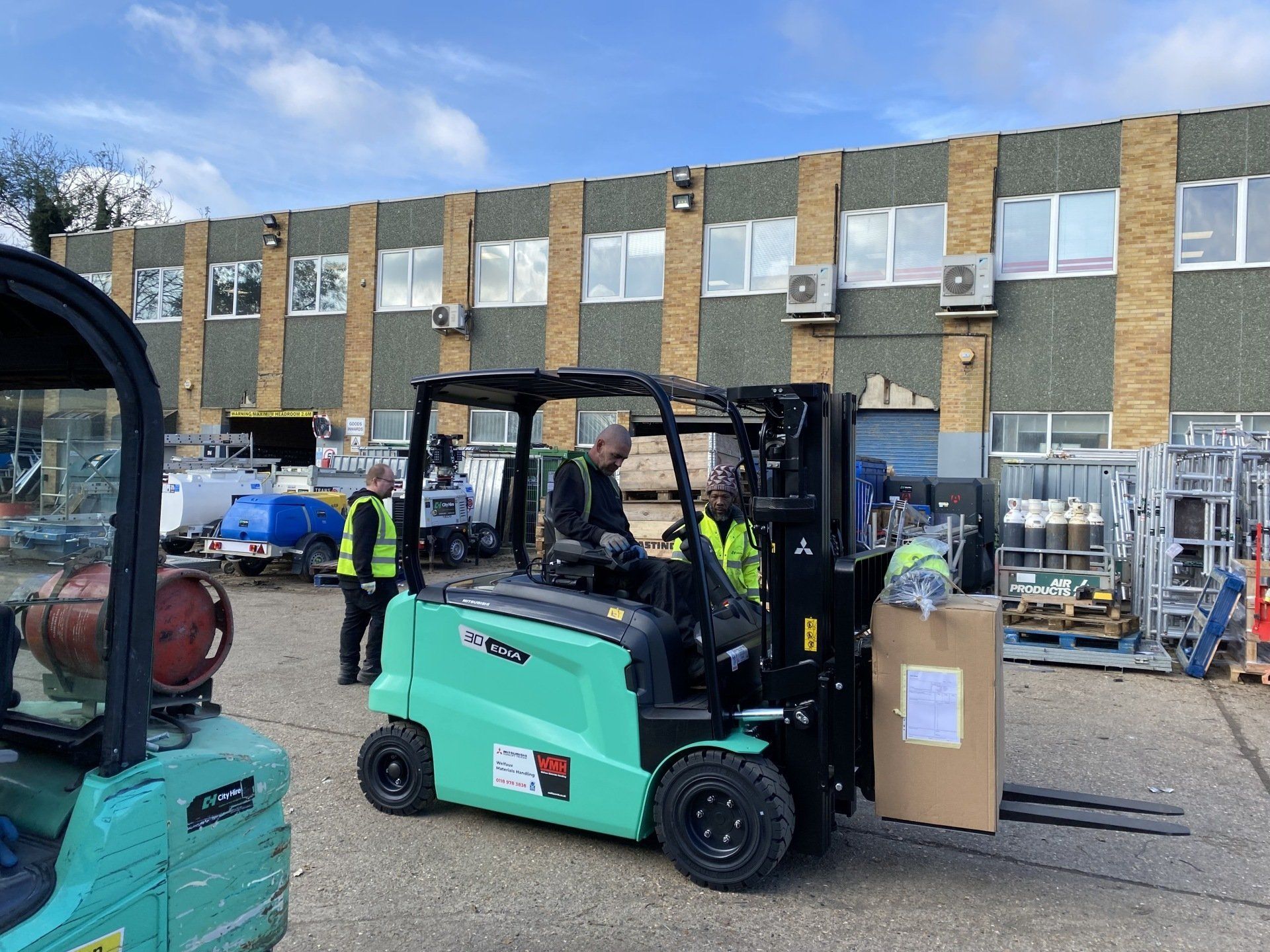
A counterbalance truck is typically the image that you would instinctively think of when imagining a forklift. With two forks at the front, and the ability to move up close to a load and pick it up, a counterbalance truck is the most common type of forklift. The name comes from the counterweight in the rear of the vehicle that compensates for the heavy load being lifted at the front.
Counterbalance trucks come in both a three or four-wheel model and can be powered by
gas,
diesel or
electric. They are very powerful trucks and can be used in a number of different environments to lift an array of heavy loads, both indoors and outdoors, making them extremely versatile vehicles.
Reach Trucks
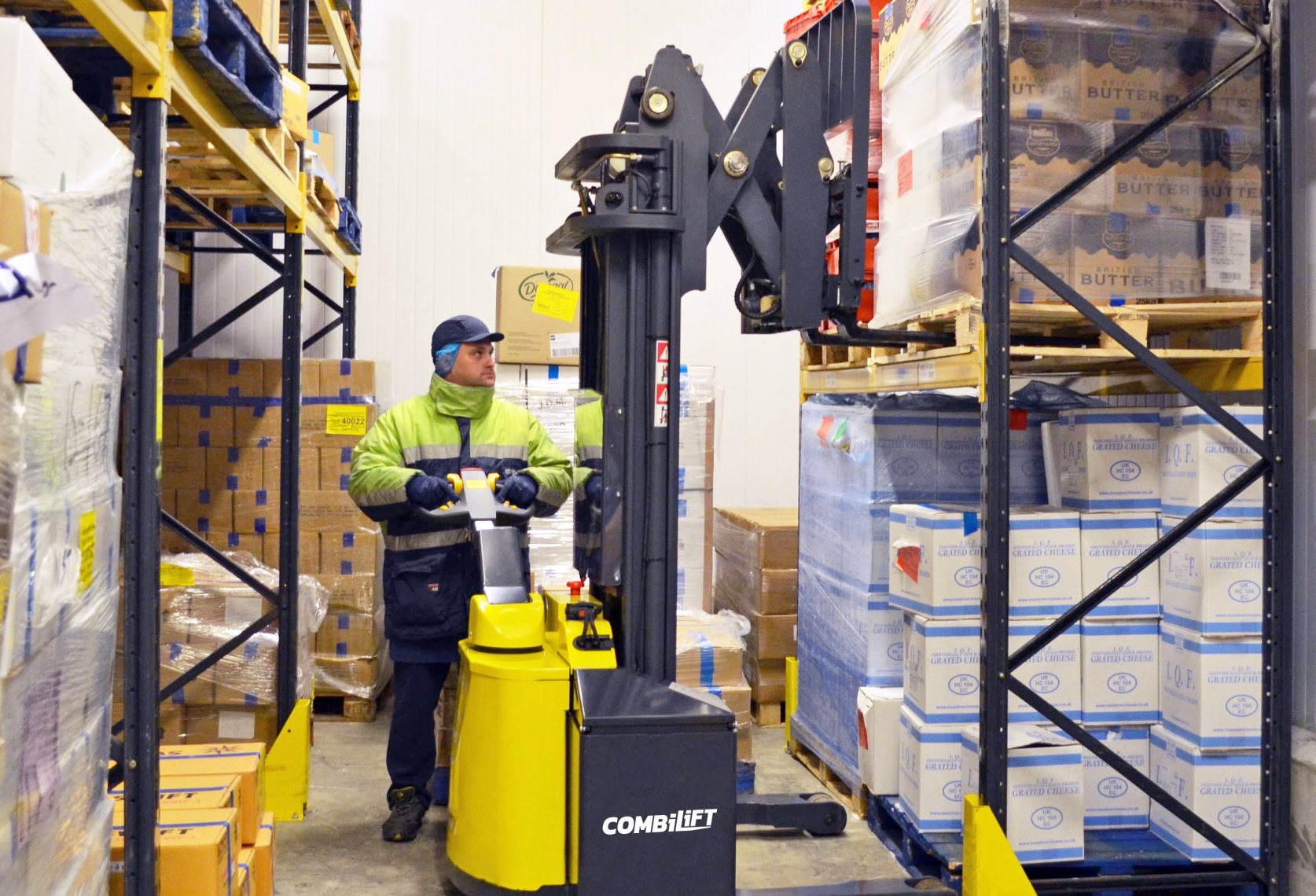
As the name suggests, reach trucks are designed to pick up loads high in racking or storage. The name takes influence from the vehicle's ability to ‘reach’ further than its stabilising legs, giving it great height reachability and manoeuvrability that makes it suitable for use in very tight spaces. It is the combination of these stabilising legs and the battery that removes the need for a cumbersome counterweight to maintain the truck's balance.
Many reach trucks come with a tilt mechanism in the cab to allow the driver to get a better view of the operation. Alternatively, the reach truck may feature a totally open overhead guard to achieve the same effect. For even greater visibility, reach trucks can be fitted with a camera to show the driver what is happening above their head.
So Which Truck is More Suitable?
Which truck is better will completely depend on a number of features including the environment you are operating your vehicle in and the task at hand. A number of factors to consider include:
Are You Going to Be Operating Your Truck Indoors or Outdoors?
A big difference between reach trucks and counterbalance trucks is that reach trucks are not well suited to outdoor use. Furthermore, the low under-carriage clearance can cause issues on uneven surfaces, so you should be considerate about the surface you are operating your reach truck on. With their larger tyres and higher ground clearance, counterbalance forklifts are able to operate both indoors and outdoors.
Load Weight, Use and Warehouse Set Up
Counterbalance forklifts and reach trucks have been specifically designed to carry out different tasks. The larger counterweights in the rear of counterbalance trucks allows them to lift and move heavier weights than reach forklifts. Whilst reach trucks are unable to lift such heavy loads, they are specially designed to lift and move goods to extreme heights that a counterbalance unit cannot reach.
Reach trucks also have smaller turning circles, allowing them greater manoeuvrability to work in narrow and confined spaces. This means more aisles of warehouse racking can be installed, maximising warehouse storage space, compared to if the warehouse was set up for a counterbalance forklift that would require more space between racking and at the end of the aisles to turn around safely.
Fuel Type Preference
Counterbalance forklifts are available in a greater variety of fuel types to suit specific applications including LPG, diesel and battery-powered. Reach trucks, on the other hand, are only available in battery-electric variants. Depending on the application, an engine variant may be preferred to provide the necessary power to move heavier loads, whilst for indoor applications, battery-powered vehicles may be preferred due to the lower emission output, making it a safer and more environmentally-friendly choice.
For assistance in deciding whether a counterbalance forklift or reach truck is the best materials handling solution for your site, visit our website or get in touch today.
